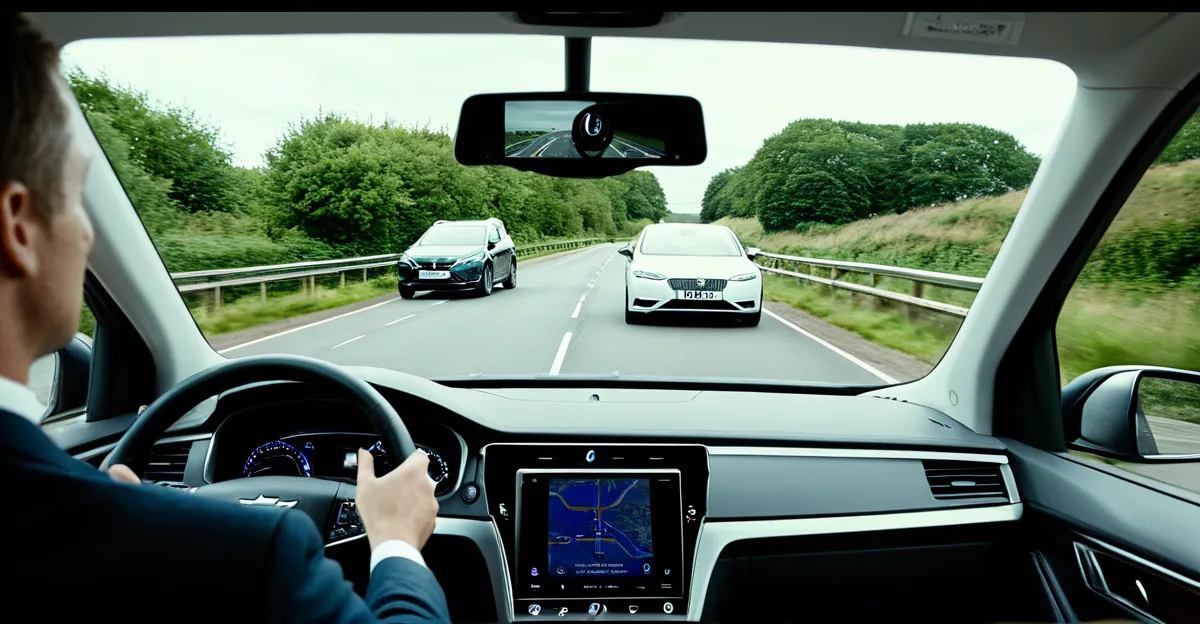Regulatory and Legal Barriers to Autonomous Vehicle Integration
The UK autonomous vehicle regulations form a critical foundation for safely integrating self-driving technology into public roads. Presently, the regulatory framework is evolving but still faces significant gaps and ambiguities. Laws largely address conventional vehicles, making it challenging to fully accommodate the complexities introduced by autonomous systems. For instance, defining responsibility in accident scenarios involving driverless cars remains unclear, complicating liability determinations.
Government consultations are actively underway to update policies reflecting advancements in technology and public concerns. These consultations aim to clarify legal parameters, including vehicle certification, operation permissions, and data handling requirements. Additionally, efforts focus on harmonising UK rules with emerging international standards to support cross-border deployment.
Also read : Navigating the Future of Electric Vehicles: What are the Potential Hurdles?
Effective navigation of this policy environment requires addressing both legislative limitations and societal expectations. Regulatory bodies are tasked with balancing innovation encouragement against stringent safety assurances. The evolving legal landscape thus remains a dynamic space, where clearer, more comprehensive UK autonomous vehicle regulations are essential for fostering widespread autonomous vehicle adoption.
Technological and Safety Challenges
Technology limitations remain a significant hurdle in autonomous vehicle deployment. The autonomous vehicle technology limitations primarily stem from imperfect AI decision-making and sensor inaccuracies, such as difficulties in adverse weather conditions or interpreting complex urban environments. These limitations directly impact vehicle reliability and user safety.
Have you seen this : What are the key trends in the UK automotive sector for 2024?
Safety concerns are at the forefront of public and regulatory attention. Extensive testing requirements are necessary to validate autonomous systems under diverse, real-world scenarios. This involves rigorous simulation, closed-course trials, and incremental public road testing to ensure dependable performance.
Cybersecurity risks add another layer of complexity. Autonomous vehicles rely on interconnected systems that must resist hacking and data breaches to prevent catastrophic failures or privacy violations. Therefore, addressing these risks is critical for building trust in autonomous technologies.
Overall, safety validation for autonomous vehicles is a multifaceted challenge requiring technological improvements, comprehensive testing protocols, and robust cybersecurity measures. These factors collectively shape the ongoing development and regulatory scrutiny within the policy environment, influencing future UK autonomous vehicle regulations.
Infrastructure Readiness and Investment Needs
The UK infrastructure for self-driving cars currently grapples with significant deficiencies, particularly in digital connectivity and road network modernisation. Many existing roads lack the embedded sensors and high-precision mapping data that autonomous vehicles require for safe navigation. These gaps hinder real-time communication between vehicles and infrastructure, critical for optimising traffic flow and accident reduction.
Addressing these issues entails overcoming substantial investment challenges. Upgrading physical roads alongside digital systems demands coordinated funding across local and national governments, plus private sector contributions. These investments must prioritise smart traffic signals, dedicated lanes, and improved signage compatible with autonomous technologies.
Furthermore, the complexity of integrating diverse systems across multiple regions underscores the need for enhanced collaboration between public authorities and tech companies. Such coordination ensures cohesive development of infrastructure that supports safe and efficient use of driverless cars. Without strategic investment and effective partnership, the policy environment will struggle to enable the widespread deployment of autonomous vehicles on UK roads.
In summary, the readiness of the UK’s road network and its digital infrastructure is a pivotal factor requiring focused investment and synergised stakeholder action for autonomous vehicle success.






